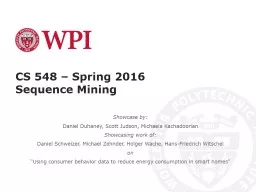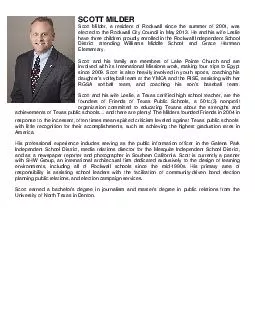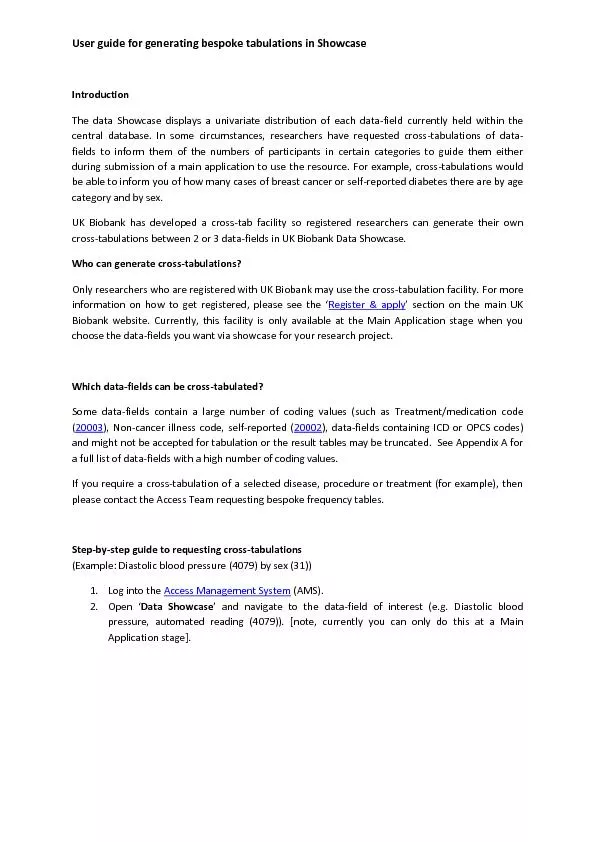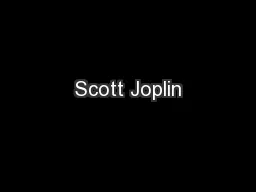PPT-Showcase by: Daniel Duhaney, Scott Judson, Michaela
Author : tawny-fly | Published Date : 2018-10-26
Kachadoorian Showcasing work of Daniel Schweizer Michael Zehnder Holger Wache HansFriedrich Witschel Danilo Zanatta Miguel Rodriguez on Using consumer
Presentation Embed Code
Download Presentation
Download Presentation The PPT/PDF document "Showcase by: Daniel Duhaney, Scott Juds..." is the property of its rightful owner. Permission is granted to download and print the materials on this website for personal, non-commercial use only, and to display it on your personal computer provided you do not modify the materials and that you retain all copyright notices contained in the materials. By downloading content from our website, you accept the terms of this agreement.
Showcase by: Daniel Duhaney, Scott Judson, Michaela: Transcript
Download Rules Of Document
"Showcase by: Daniel Duhaney, Scott Judson, Michaela"The content belongs to its owner. You may download and print it for personal use, without modification, and keep all copyright notices. By downloading, you agree to these terms.
Related Documents














